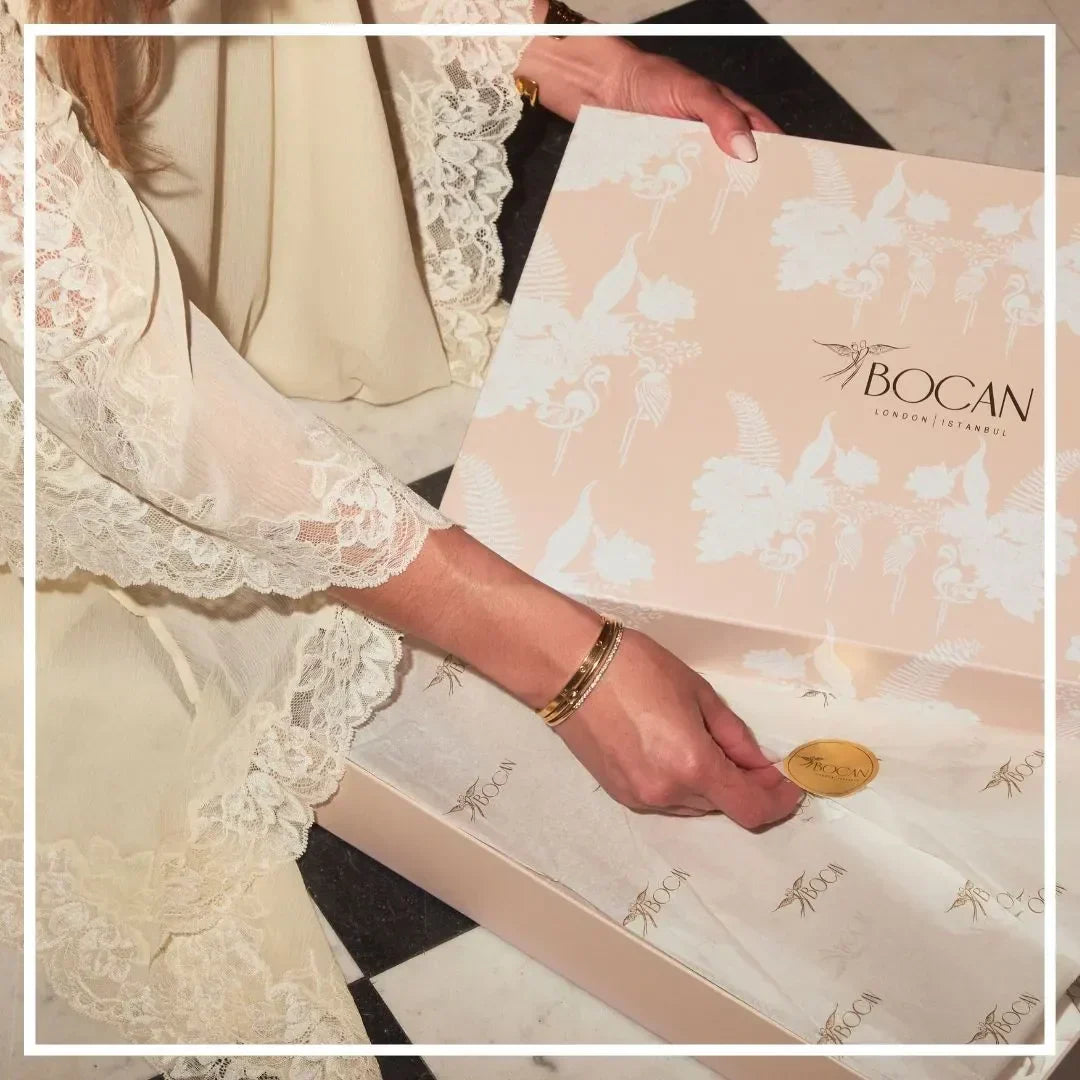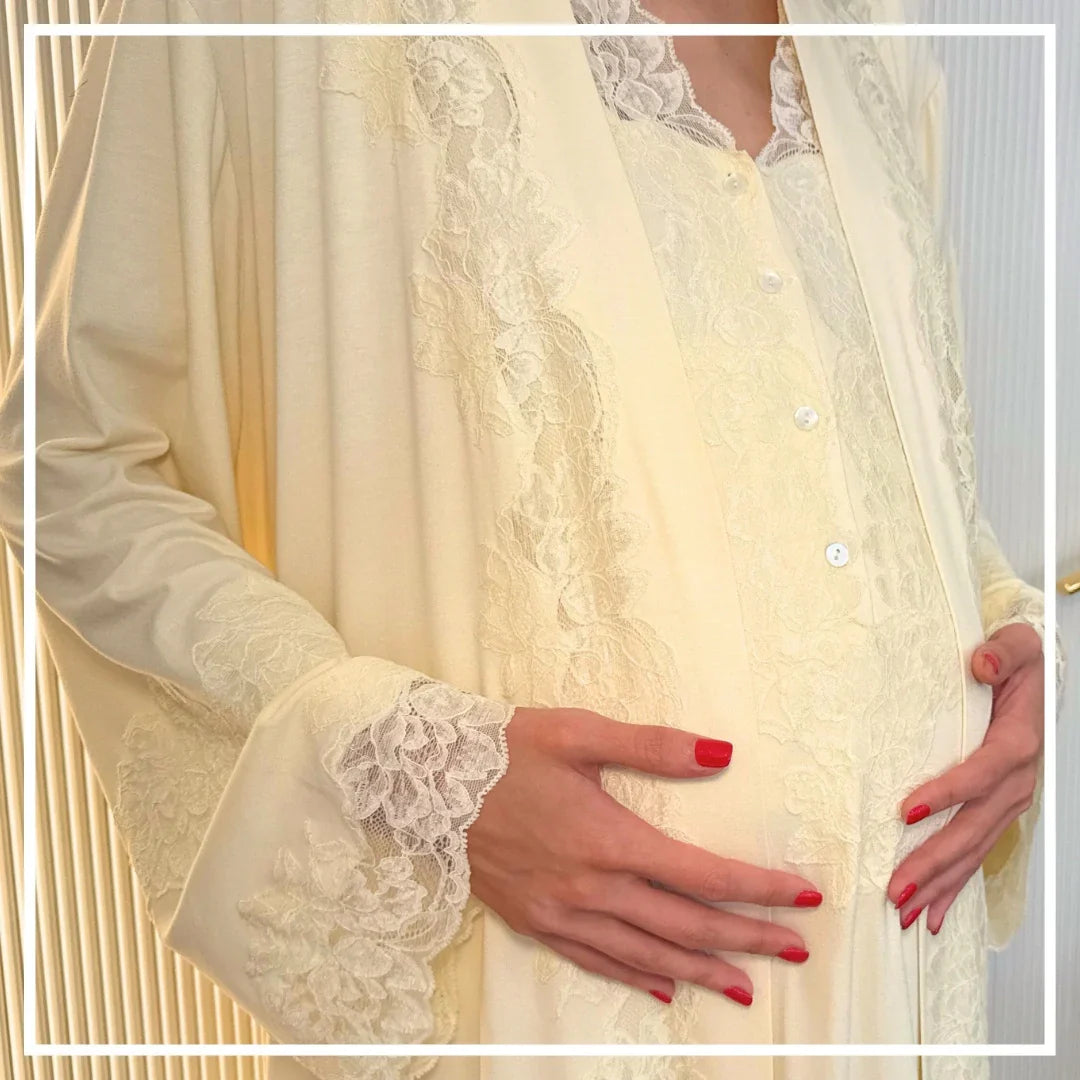Nightgowns, also known as nightdresses or nighties, are a type of clothing worn by women while sleeping. They are often made of lightweight and comfortable materials such as cotton or silk.
Asian nightgown traditions vary across different cultures and regions.

Nightgown styles in Asia can vary widely depending on the country and culture. Here are a few examples of nightgown styles from different regions in Asia:
Chinese Nightgowns:
Traditional Chinese nightgowns, also known as "qipao" or "cheongsam". These gowns are often made of silk or satin and feature a high collar, short sleeves and a form-fitting design that extends to the ankles. They often have intricate embroidery or beading on them and are commonly worn as formal or semi-formal attire for women. Qipao often features intricate embroidery and other decorative elements.
Japanese Nightgowns:
In Japan, Japanese nightgowns, also known as "yukata," are usually made of cotton, linen or silk and are lightweight, comfortable and feature a loose, kimono-style design. They are typically worn as a summer garment or as a bathrobe. Yukata often have colorful patterns or designs, are worn by both men and women and are worn as a casual summer garment.
Korean Nightgowns:
In Korea, traditional Korean nightgowns, also known as "hanbok," are usually made of silk or cotton and feature vibrant colors and simple, elegant designs. They often have a loose, flowing silhouette and are typically worn on special occasions or as formal attire.
Indian Nightgowns:
In India, traditional Indian nightgowns, In India, traditional nightgowns are known as "kurta pajama" or "salwar kameez." These garments are made of lightweight cotton, silk or chiffon, consist of a loose-fitting tunic top and a pair of pants and feature loose, flowing designs that are comfortable to wear in warm weather. Kurta pajama and shalwar kameez often feature intricate embroidery and other decorative elements. They often have intricate embroidery or beading on them and are commonly worn as casual or formal attire.
Indonesian Nightgowns:
In Indonesia, Indonesian nightgowns, or "kebaya," are typically made of lightweight, sheer fabrics and feature a tight-fitting design that extends to the ankles. Kebaya often feature intricate embroidery and other decorative elements are commonly worn for formal events.
Overall, Asian nightgown traditions often feature luxurious fabrics, intricate designs, and a strong emphasis on elegance and sophistication.
In addition in Asia, there are various traditional nightgown styles that are still worn today.
Here are a few examples of the traditional nightgown styles that are still popular in Asia today.
Hanfu:
Hanfu is a traditional Chinese dress that is still worn for special occasions and events, including as a nightgown. Hanfu nightgowns are typically made of silk and feature intricate embroidery and floral patterns.
Kimono:
Kimonos are traditional Japanese robes that have been worn for centuries. They are often made of silk or cotton and feature colorful designs and patterns. Kimono-style nightgowns are popular in Japan and other parts of Asia.
Cheongsam:
The cheongsam, also known as qipao, is a traditional Chinese dress that is often worn as a formal evening gown.However, there are also cheongsam-style nightgowns that are designed for sleeping. They are typically made of lightweight silk and feature elegant patterns and designs.




